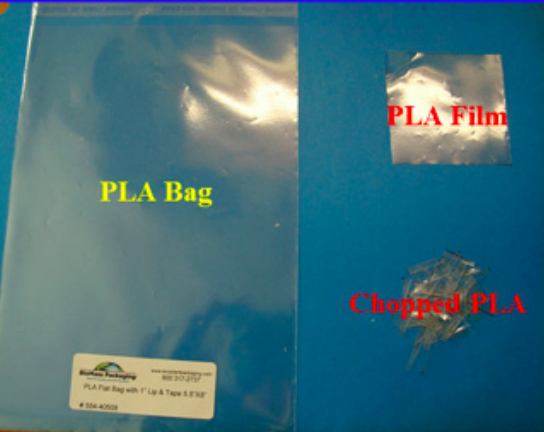The Effect of UV Treatment on the Degradation of Compostable Polylactic Acid
(1) Shrewsbury High School, Shrewsbury, Massachusetts, (2) Polymer Science Department, UMASS Amherst, Amherst, Massachusetts, (3) Food Science Department, UMASS Amherst, Amherst, Massachusetts
https://doi.org/10.59720/13-023
Though many compostable plastics have entered the market, they often require lengthy treatment processes to degrade. Polylactic acid (PLA) has the greatest potential to replace petroleum-based plastics due to its comparable cost with generic plastics. The aims of this study were the following: 1) evaluate the effectiveness of UV treatment on the degradation of PLA; 2) examine the influence of mechanical chopping on its degradation; and 3) propose an economic alternative composting process. PLA samples were treated with UVC light for 30, 60, and 90 minutes. Half of the PLA sample was chopped, and the other half was left unchopped. The extent of PLA degradation was measured using mass loss and molecular weight analyses (i.e., gel permeation chromatography or GPC). After 90 minutes of treatment, the chopped pieces lost 3.95% of their original mass, while the unchopped pieces lost 8.97%. The mass decreased linearly as UV treatment time increased. The PLA average molecular weight decreased from 113,500 g/mol (untreated PLA) to approximately 10,000 g/mol after UV treatment. Based on the experimental results, it was concluded that UV light significantly shortens the time of PLA degradation in comparison to the current process of hydrolysis. However, the results regarding mechanical degradation were inconclusive. As a result of the study, a new process for PLA composting is proposed, which may shorten the current process from days to hours. In this new process, PLA materials would undergo a 3-step continuous process made up of: 1) mechanical chopping, 2) UV treatment, and 3) disposal in a compost facility.
This article has been tagged with: